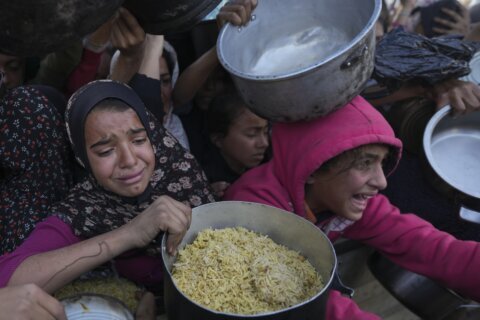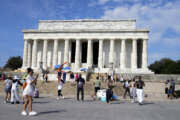DHAKA, Bangladesh (AP) — Bangladesh has had a turbulent existence since gaining independence in 1971 following a war with Pakistan.
Its first coup occurred in 1975, when President Sheikh Mujibur Rahman was assassinated. Two more coups that year ended with Ziaur Rahman seizing power. In 1981, Rahman was assassinated by rebels who stormed a government guest house. In 1982, successor Abdus Sattar was overthrown in a coup led by Hussain Muhammad Ershad, who later assumed the presidency.
Power was then traded between two formidable women, Khaleda Zia and Sheikh Hasina. Hasina was toppled this week by a student-led uprising. Her archrival Zia was freed this week from house arrest.
The South Asia nation is densely populated with 170 million people and has been scarred by climate and humanitarian crises. Bangladesh lies north of the Bay of Bengal and is a delta nation lined with rivers. The location, topography and tropical climate mean frequent flooding from cyclones and monsoon rains. A famine in 1974 was one of the worst in the 20th century, with hundreds of thousands of people dying.
Copyright © 2024 The Associated Press. All rights reserved. This material may not be published, broadcast, written or redistributed.





